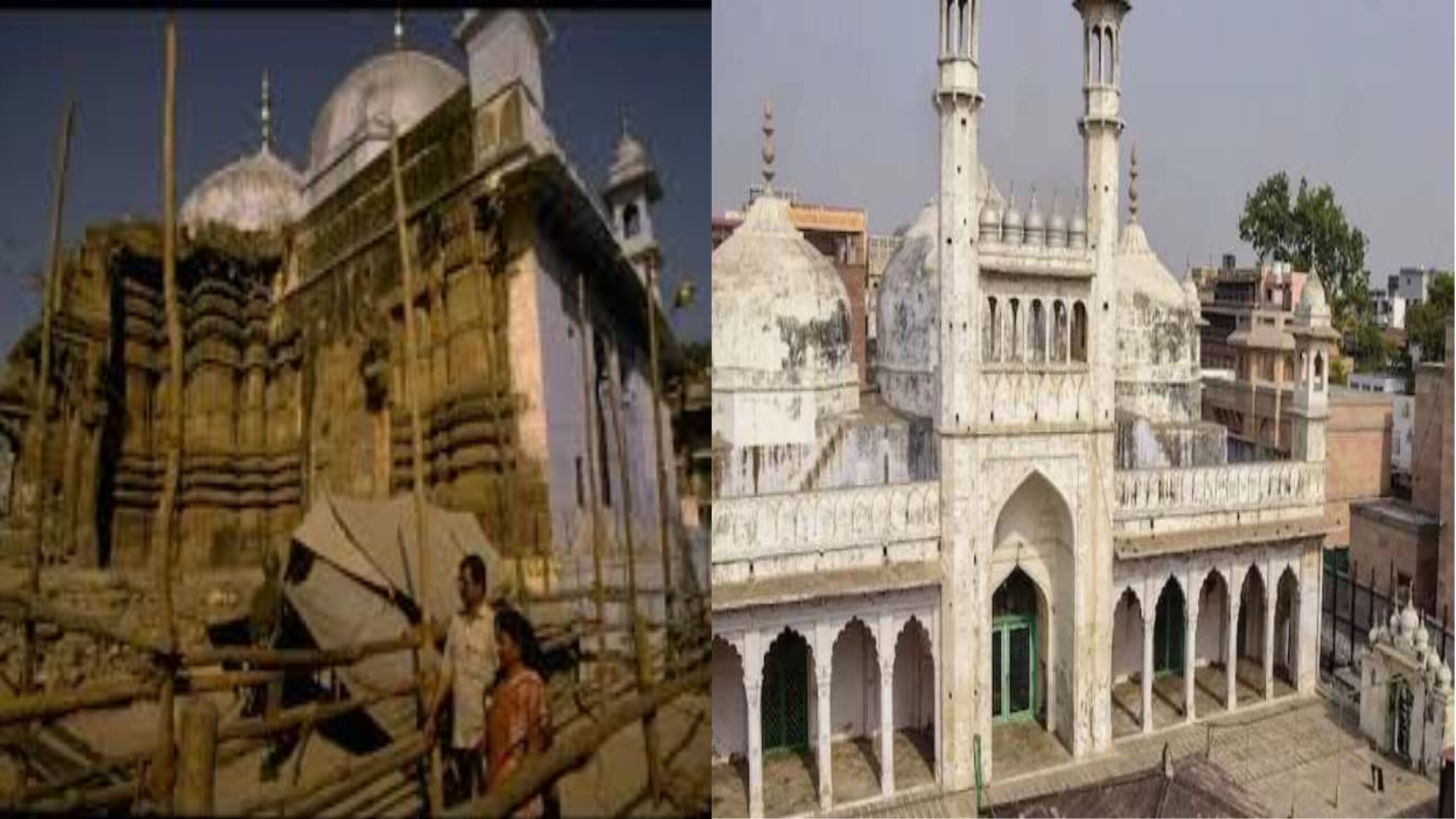The Supreme Court’s recent decision to allow the cleaning of the ‘wazukhana’ area within the Gyanvapi mosque premises has sparked a significant development in the longstanding Gyanvapi mosque-Kashi Vishwanath temple dispute. This decision follows a petition by Hindu women, highlighting the discovery of a ‘Shivling’ in the sacred ‘Wazu’ area, further emphasizing the need for maintaining hygienic conditions.
The order specifically directs the cleaning of the ‘wazukhana’ area, where the ‘Shivling’ was found, under the supervision of the Varanasi district administration. The court’s emphasis on cleanliness aligns with previous directives and reflects a balance between religious sentiments and legal considerations in this complex case.
The Gyanvapi mosque management committee has expressed support for the cleaning initiative, particularly focusing on a water tank that had been sealed for nearly two years as per the Supreme Court’s instructions. The ‘wazukhana,’ a sacred reservoir for ablutions before namaz, gained attention due to fish deaths between December 12 to 25, 2023, resulting in a distressing putrid smell. The Hindu petitioners and the committee, both alarmed by the situation, underscored the urgency for intervention.
Advocate Vishnu Shankar Jain, in the filed application, drew attention to the sacred Shivlingam discovered in the ‘wazukhana’ and stressed its significance to the Hindu community. The plea highlighted the distressing condition of the Shivling amidst dead fish, prompting the need to keep it away from unsanitary conditions. The blame game ensued, with the application pointing fingers at the Committee of Management Anjuman Intezamia Masjid, responsible for the mosque, regarding the circumstances leading to fish deaths.
The application asserted that transferring the fish, as suggested by the District Magistrate of Varanasi, could have prevented the unfortunate situation. This blame game adds complexity to an already sensitive dispute between the Hindu and Muslim sides in the Gyanvapi mosque-Kashi Vishwanath temple case.
The historical context of the dispute dates back to the discovery of the ‘Shivling’ in 2022 during a court-mandated survey. The ‘Wazu’ area of the Gyanvapi mosque has been a focal point, contested as a “Shivling” by Hindus and a “fountain” by Muslims. The ongoing disagreement over the nature of the structure intensifies the complexities surrounding the case.
The recent intervention by the Supreme Court to address the immediate concern of ‘wazukhana’ cleanliness is a step towards resolving the broader dispute. However, the delicate balance between religious sentiments and legal considerations remains a challenge. The dispute reflects the intricate nature of issues arising from the coexistence of religious sites with differing beliefs and practices.
As the cleaning initiative proceeds, it remains to be seen how this specific development impacts the larger Gyanvapi mosque-Kashi Vishwanath temple case. The Supreme Court’s involvement in addressing the immediate concerns underscores the need for a nuanced approach to reconcile religious sensitivities while upholding legal principles. The dispute, rooted in historical and religious complexities, continues to test the boundaries of India’s legal and societal frameworks.

